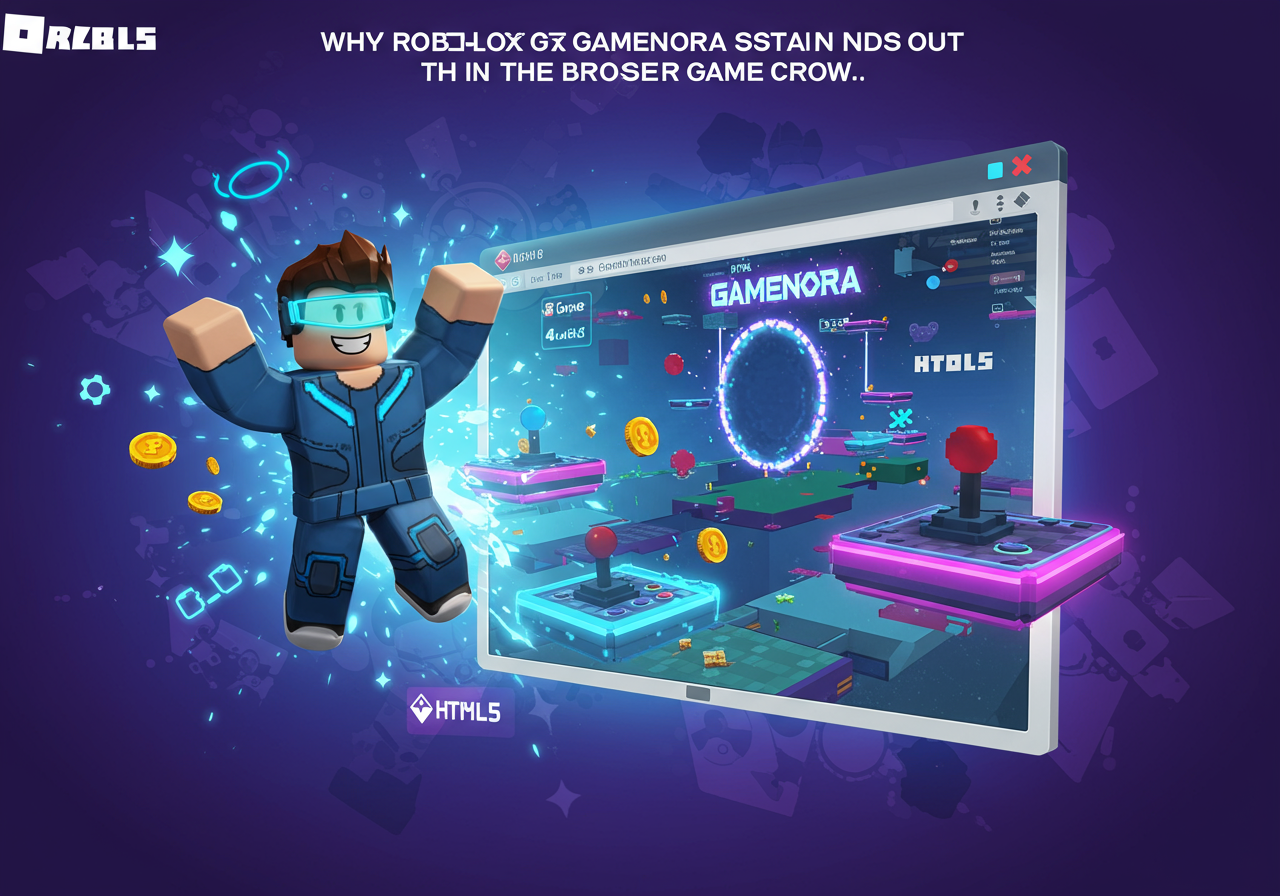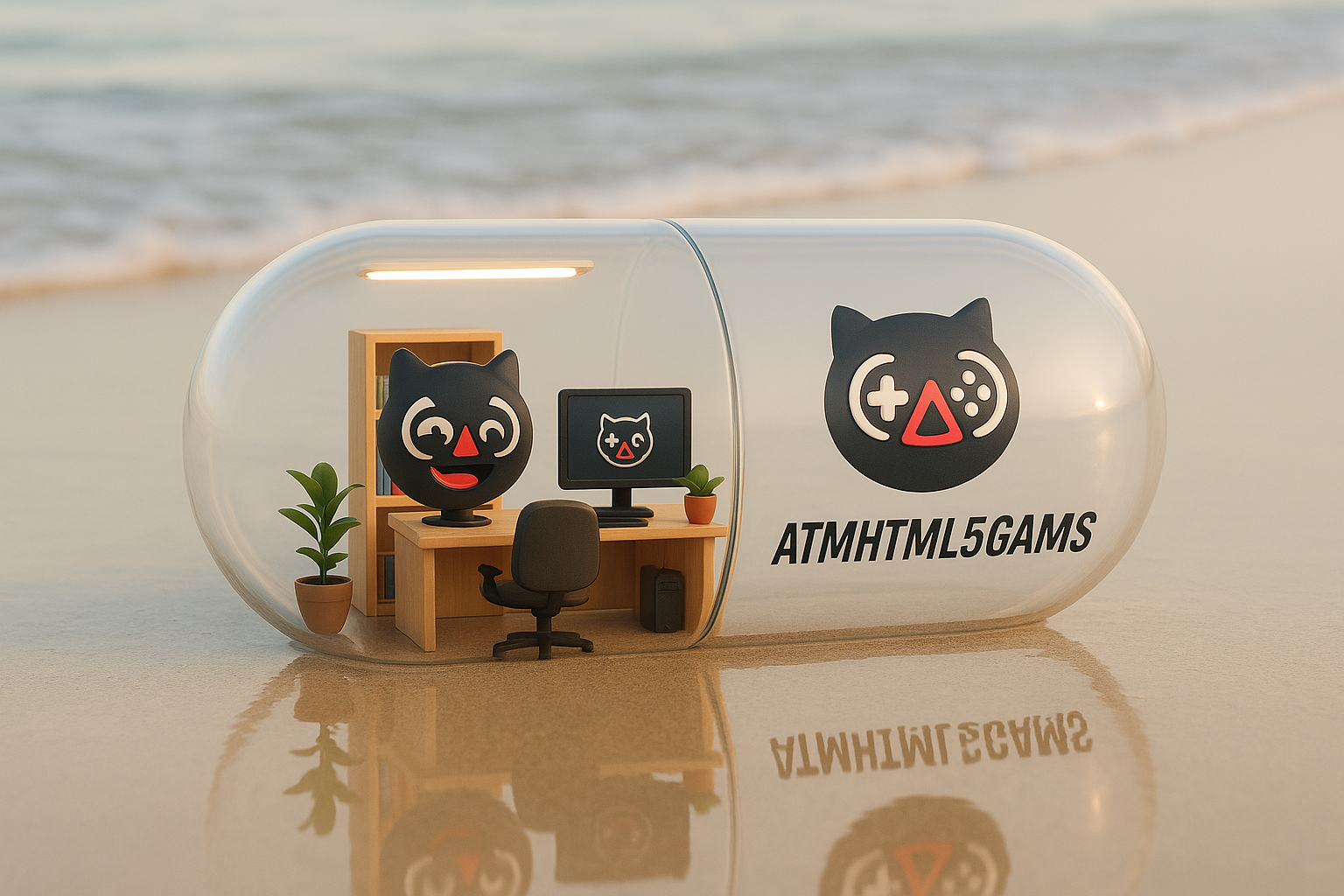HTML5 Mobile Optimization: Leveling Up Game Performance in 2025

In the ever-expanding universe of browser-based gaming, HTML5 has emerged as the ultimate game engine champion. Its flexibility, cross-platform compatibility, and ability to deliver high-quality gaming experiences make it the go-to choice for developers worldwide. However, as mobile gaming continues to dominate the gaming landscape in 2025, optimizing HTML5 games for mobile devices has become a critical quest for developers looking to attract and retain players.
In this post, we’ll explore the key strategies for optimizing HTML5 games for mobile, ensuring they load faster, run smoother, and provide an unparalleled user experience. Whether you’re a game developer or a digital marketer in the gaming niche, these tips are your ultimate cheat codes to success.
Why Mobile Optimization for HTML5 Games Matters
Mobile gaming is no longer just an option—it’s the main stage. According to recent stats, over 50% of global gaming revenue in 2025 is projected to come from mobile devices. Players demand seamless gameplay, instant load times, and minimal data consumption when playing games on their smartphones or tablets.
For HTML5 game developers, this means one thing: if your game isn’t optimized for mobile, you’re losing out on a massive audience.
Mobile optimization not only ensures better gameplay but also impacts SEO rankings, player retention, and even revenue generation through in-game ads or microtransactions. Let’s dive into the strategies to make your HTML5 game a mobile-friendly powerhouse.
1. Optimize Load Times: The First Boss Battle
When it comes to mobile gaming, speed is king. The average mobile gamer expects games to load within 3 seconds—anything longer, and you risk losing players before they even start the game.
Here’s how to level up your load times:
Compress Assets: Use tools like Gzip or Brotli to compress game files, images, and other assets. Smaller files mean faster load times.
Minimize JavaScript and CSS: Remove any unused code and minimize scripts. Cleaner code not only reduces file size but also improves performance.
Lazy Loading: For HTML5 games with multiple levels or large assets, implement lazy loading so only necessary components are loaded initially.
By focusing on these optimizations, you’ll ensure your game loads faster than ever, keeping players engaged from the get-go.
2. Adaptive Graphics: Scaling for All Devices
Mobile devices come in all shapes and sizes, from 4-inch budget smartphones to 12-inch tablets. Ensuring your HTML5 game looks and performs well across this spectrum is no small feat.
Responsive Design: Use CSS media queries to adjust graphics, controls, and layouts based on device screen size and resolution.
Dynamic Texture Scaling: Instead of loading high-resolution textures on low-performance devices, offer dynamically scaled-down textures to optimize performance.
WebGL Optimization: For games using WebGL, reduce the number of draw calls and optimize shaders for better GPU performance on mobile devices.
By making your graphics adaptive, you’ll provide a consistent experience for every player, no matter what device they’re using.
3. Reduce Battery and Data Consumption: The Silent Killers
Mobile gamers hate two things: drained batteries and excessive data usage. If your HTML5 game is a resource hog, players will abandon it faster than a defeated boss fight.
Here’s how to reduce resource usage:
Efficient Animations: Use lightweight animation libraries like GSAP or CSS animations instead of heavy JavaScript-based ones.
Reduce HTTP Requests: Combine multiple files (e.g., CSS or JavaScript) into one to minimize the number of server requests.
Cache Game Assets: Leverage browser caching to store assets locally on the player’s device, reducing the need to download them repeatedly.
These optimizations will make your game more energy-efficient and data-friendly, boosting player satisfaction.
4. Touchscreen-Friendly Controls: Mastering Player Input
One of the biggest challenges of mobile gaming is adapting traditional game controls to touchscreens. Poorly optimized controls can ruin even the best game.
Larger UI Elements: Ensure buttons and other interactive elements are large enough to be tapped easily, especially for users with larger fingers.
Swipe and Gesture Support: Incorporate swipe, pinch, and other gestures for a more intuitive gameplay experience.
Customizable Controls: Give players the option to customize button layouts, sensitivity, and other controls to suit their preferences.
By designing intuitive and responsive controls, you’ll keep players immersed in your game without the frustration of misclicks or awkward interactions.
5. Test, Analyze, Repeat: The Final Boss
Optimization isn’t a one-time task—it’s an ongoing battle. Regular testing and analysis are key to ensuring your HTML5 game performs well on all devices.
Mobile Emulators: Use tools like BrowserStack or Chrome DevTools to test your game on various devices and screen sizes.
Performance Monitoring: Track load times, FPS (frames per second), and memory usage using tools like Lighthouse or WebPageTest.
Player Feedback: Don’t underestimate the power of user feedback. Players can point out performance issues you might have missed during testing.
By continuously iterating and improving your game, you’ll stay ahead of the competition and keep your audience engaged.
Conclusion: Powering Up Your HTML5 Game for Mobile in 2025
As the mobile gaming industry continues to grow, optimizing your HTML5 games for mobile devices is no longer optional—it’s essential. From faster load times to adaptive graphics, energy efficiency, and intuitive controls, these strategies will help you deliver a gaming experience that players won’t just enjoy—they’ll come back for more.
Remember, HTML5’s power lies in its versatility. Use it to your advantage, and you’ll unlock the full potential of your games on mobile platforms. Whether you’re a developer or marketer, optimizing for mobile is the ultimate cheat code to leveling up your success in 2025 and beyond.
About the Author:
ATMGame SEO Pro is an SEO specialist at ATMHTML5Games, powering browser game visibility one backlink at a time. Learn more about optimizing your HTML5 games at ATMHTML5Games.
Note: IndiBlogHub features both user-submitted and editorial content. We do not verify third-party contributions. Read our Disclaimer and Privacy Policyfor details.







